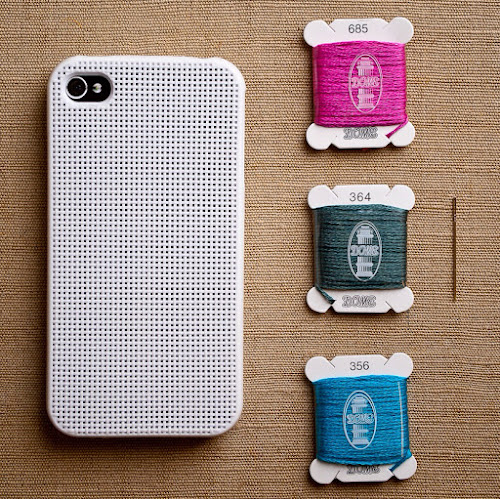After years of trying to justify the expense, I finally took the plunge and bought myself an overlocker for my birthday... it has revolutionised by sewing and was worth every penny.
I justified the purchase by convincing myself it would mean I could make lots of quick, easy and comfy clothes for the boys. But instead all I have done since buying it is make clothes for me, a luxury which I am very much enjoying.
So, here are my first three garments...
Each different but each related - two share the same fabric, a very pale, creamy peach with thick black strips, and the other is a soft and stretchy dark pine green which these photos fail to do justice to. Two also share the same pattern #4 one piece sideways top from the wonderful English translation of Drape Drape 2.
The dark green and the striped top with the shorter sleeves are the ones from the Drape Drape pattern. Tracing out the pattern from the sheet in the book took a while. The patterns have seam allowances a built in (yay) but on are printed in a limited palate of colours which makes the pattern sheets look elegant but tracing the pattern lines a bit tricky (boo).
The other top, striped with longer sleeves, is copied from a top I already own. The original top is comfy, flattering and would be the easiest thing ever to wear, if it weren't for the fact that it gets grease stained from just being near a small child.
All three tops also share the same neckline as the longer sleeved too. Every review of the Drape Drape pattern said the scooped neckline was too deep. And as I've never really got on well with scooped necklines, I knew I'd have to change it to the same as the copied top (which has the best neckline of any top I own).
Of course there has been a learning curve to using my overlocker, but thankfully it's not been as steep as I had feared, particularly with the shared wisdom of the Internet to assist. And my skills have improved with each project.
So, here are the things I've learned so far:
Sewing with an overlocker isn't anywhere near as scared as I feared.
Lots of people use their overlockers to finish seams seven with a regular sewing maching... even when sewing jersey. The two main reasons for this seem to be a fear that mistakes using an overlocker are harder to fix and that serged seams aren't as secure and tended to come undone.
I got round the first problem by sewing with four threads (less stretchy, but more secure) and the second by going slow, using cheep and/or old fabric and making things with enough give in them to now worry about the odd mistake. Tactics that seem to have worked so far!
Using the right needles and threads makes all the difference
Whilst you don't need to finish jersey seams, taking the time to do so, and doing it well, makes all the difference between something 'hand made' and 'hand crafted'. And to do this well, a double jersey needle and a bobbin full of wooly nylon makes all the difference (again, great tips I found out from the ever helpful Internet!).
And be brave
Don't be afraid to try new things and make a few changes along the way... There's nothing wrong with a mistake or two as this is exactly how you learn and improve going forwards.





















